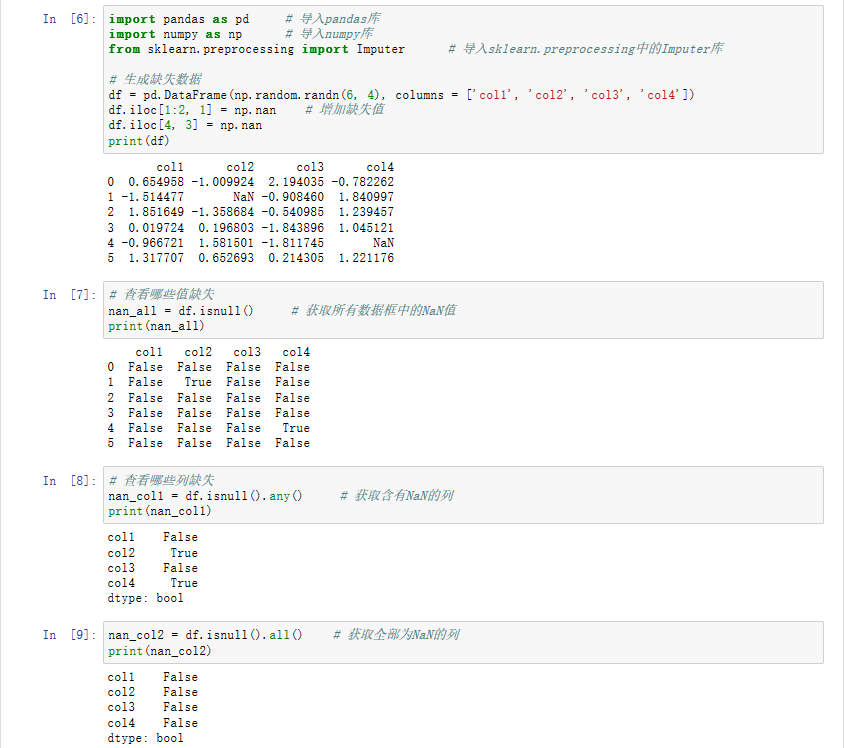Incorrect decrement of the reference count of an object that is not owned at this point by the caller on iPhone. It is happening with NSString which I clearly init and release within the for loop. I have tried to do the same as an autoreleases string but I get leaks. I assume the culprit is the stringbytrimming call. Any suggestions, by the way this does not leak, but I get the warning in build and analyze. Everything also works fine and the app does not crash.
for(int i=0;i<storyQuantity;i++) {
NSString *imageString = [[NSString alloc] init];
imageString = [[[storiesArray objectAtIndex:i] objectForKey: @"image"] stringByTrimmingCharactersInSet:[NSCharacterSet whitespaceAndNewlineCharacterSet]]; // must add trimming to remove characters
imageLoader *imageOperation = [[imageLoader alloc] initWithImageURL:imageString target:self action:@selector(didImageLoad:) number:i];
AppDelegate_iPad *appDelegate = [[UIApplication sharedApplication] delegate];
[appDelegate.queue_ addOperation:imageOperation];
[imageOperation release];
[imageString release];
}
UPDATE - added my imageLoader class, which to the best of my knowledge does not have a leak
- (id)initWithImageURL:(NSString *)url target:(id)target action:(SEL)action number:(int)number {
if(self = [super init]) {
_action = action;
_target = target;
_number = number;
if(url == nil) {
return nil;
} else {
_imgURL = [[NSURL alloc] initWithString:[url copy]];
}
}
return self;
}
- (id)main {
NSAutoreleasePool *pool = [NSAutoreleasePool new];
if ([self isCancelled]) {
NSLog(@"OPERATION CANCELLED");
[UIApplication sharedApplication].networkActivityIndicatorVisible = NO;
[pool drain];
return nil;
} else {
[UIApplication sharedApplication].networkActivityIndicatorVisible = YES;
NSData *imgData = [[NSData alloc] initWithContentsOfURL:_imgURL];
UIImage *image = [[UIImage alloc] initWithData:imgData];
[imgData release];
if ([self isCancelled]) {
NSLog(@"OPERATION CANCELLED");
[image release];
[UIApplication sharedApplication].networkActivityIndicatorVisible = NO;
[pool drain];
return nil;
} else {
NSNumber *tempNumber = [NSNumber numberWithInt:_number];
NSDictionary *tempDict = [NSDictionary dictionaryWithObjectsAndKeys:tempNumber, @"number", image, @"image", nil];
[image release];
if([_target respondsToSelector:_action])
[_target performSelectorOnMainThread:_action withObject:tempDict waitUntilDone:NO];
}
}
[pool drain];
return nil;
}
- (void)dealloc {
[_imgURL release];
[super dealloc];
}



![Prime Path[POJ3126] [SPFA/BFS] Prime Path[POJ3126] [SPFA/BFS]](https://oscimg.oschina.net/oscnet/e1200f32e838bf1d387d671dc8e6894c37d.jpg)
